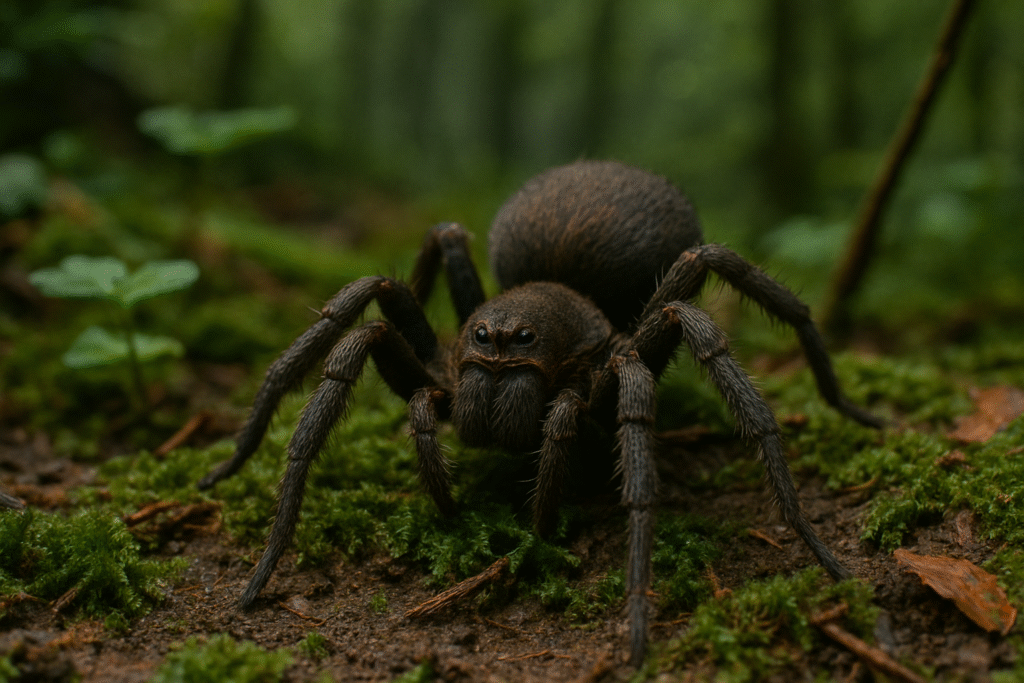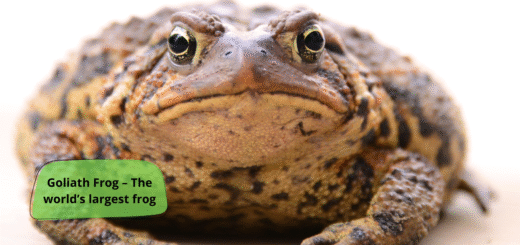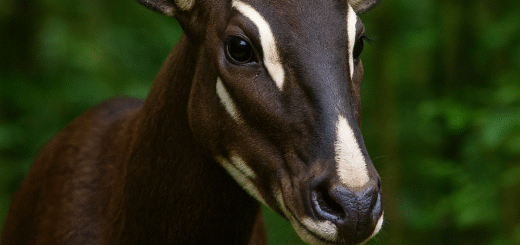Why Spiders Aren’t Insects: Key Differences Explained
Not All Creepy Crawlies Are Insects
It’s easy to assume that anything small, many-legged, and crawling around must be an insect. Spiders often fall into that category—mistakenly. But the truth is, spiders are not insects. They belong to a completely different class of animals called arachnids.
In this article, we’ll break down the key differences between spiders and insects, and why understanding these differences helps you better appreciate these fascinating creatures.

The Basics: Spiders Are Arachnids, Not Insects
In the world of biology, animals are classified by shared physical traits. Spiders belong to the class Arachnida, while insects belong to the class Insecta.
This fundamental distinction shapes everything about them—from how they look to how they live.
5 Clear Differences Between Spiders and Insects
Let’s take a closer look at what sets spiders apart from insects:
1. Number of Legs
This is the quickest way to tell the difference:
- Spiders have 8 legs
- Insects have 6 legs
More legs = more likely it’s an arachnid!
2. Body Segments
- Spiders have 2 body parts:
- Cephalothorax (a combination of head and thorax)
- Abdomen
- Insects have 3 distinct body segments:
- Head
- Thorax
- Abdomen
This extra segmentation in insects allows for features like wings and stingers.
3. Antennae
- Spiders do not have antennae
- Insects always have a pair of antennae used for sensing smell, movement, and temperature
Spiders rely more on vibrations and fine hairs on their legs to “see” the world around them.
4. Eyes
- Spiders usually have 8 simple eyes, though the number and arrangement can vary
- Insects typically have 2 large compound eyes and may also have 3 simple eyes (called ocelli)
Fun fact: Some spiders, like jumping spiders, have excellent vision—better than many insects!
5. Life Cycle
- Spiders hatch from eggs into miniature versions of adults (called spiderlings), then grow by molting
- Insects often go through complete metamorphosis, such as egg → larva → pupa → adult (think butterflies)
This is a major developmental difference between the two groups.
Why It Matters: Spiders Deserve More Respect
Many people fear spiders, but most are harmless—and even helpful. They play a key role in keeping insect populations under control. Without spiders, we’d be overwhelmed with pests like mosquitoes, flies, and beetles.
Their silk is also a marvel of nature. Stronger than steel (by weight) and flexible, spider silk is inspiring innovations in medicine and engineering.
Fun Fact
Spiders never get stuck in their own webs because they have a special oily coating on their legs and avoid walking on sticky silk threads.
Conclusion: Not All Bugs Are Created Equal
Spiders may live alongside insects, but they are a different kind of creature altogether. With eight legs, no antennae, and a body designed for hunting and web-building, spiders are true arachnids—nature’s engineers and pest controllers.
So next time you spot one in a corner, don’t squash it. Respect the difference—and let this tiny arachnid do its job.








